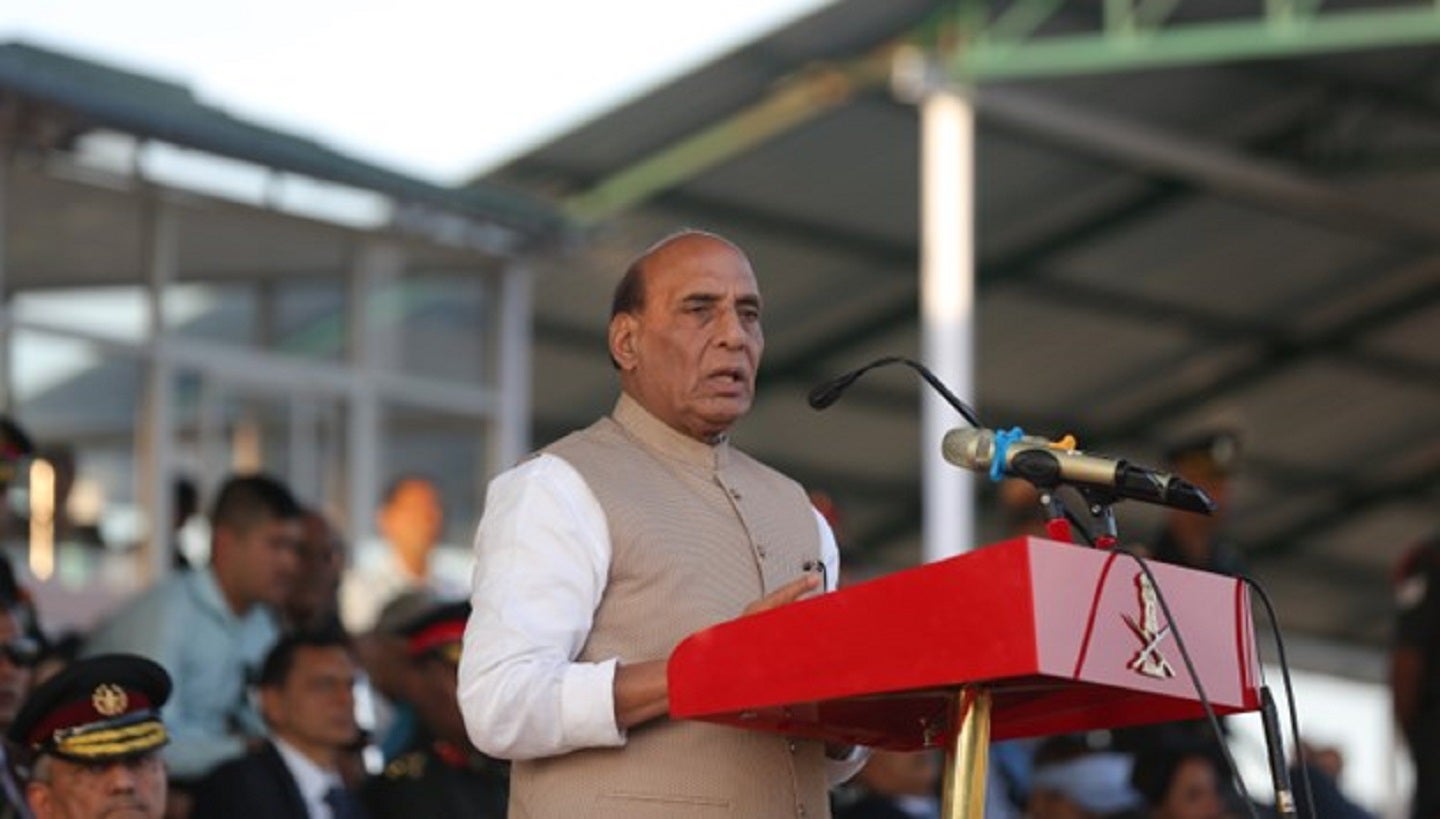
India has announced it will set up a non-lapsable fund to invest more in the country’s defence modernisation.
The fund comes just after the government allocated $19.4bn (Rs1.6trn) to the modernisation of the armed forces under its February 2023 Union Budget, which marked a 57% rise since 2019/20.
In accordance with the programmes, the Indian Ministry of Defence (MoD) is expected to add main battle tanks, air defence gun systems, missiles, naval vessels, submarines, multi-role aircraft, transport helicopters, and attack helicopters to its existing fleet.
It also plans to upgrade its C4I2SR (command, control, communications, computers, intelligence, information, surveillance, and reconnaissance) systems, maritime surveillance, and anti-submarine warfare capabilities. While the Indian Army’s long delayed Future Infantry Combat Vehicle (FICV) programme is expected to be expedited, the MoD is also anticipated to speed up the Army’s Tactical Communication System programme.
Looking ahead, GlobalData intelligence anticipates Indian defence spending to increase from $80.5bn to $97.7bn between 2024 and 2028, reflecting a compound annual growth rate (CAGR) of 5%. This contrasts with the slow CAGR of 3.6% since 2019 largely due to economic constraints.
Modernisation ahead of renewed conflicts
The country’s decision to assign more funds to modernisation reflects the global trend of defence expansion as a means of security in an unstable geopolitical landscape.
British think tank, the International Institute for Strategic Studies, recently launched the 2023 publication of its annual Armed Conflict Survey, which tells us that India is focused on upgrading its border defences and surveillance.
This has led to a decline in border crossings and violence by militants along the Line of Control – a contentious region it shares with Pakistan.
The Survey also refers to India’s growing “hawkishness” toward China over a border dispute in the north-east of the subcontinent along the Line of Actual Control. This has led to a pragmatic foreign policy approach of “selectively aligning with the United States’ Indo-Pacific Strategy to contain China.”
In that spirit of realpolitik, the India-US Defense Acceleration Ecosystem (Indus-X) was launched in late June this year. The two tentative allies are forming an “innovation bridge” to connect US and Indian defence start-ups as dual-use technologies from commercial sectors are innovating military solutions.




